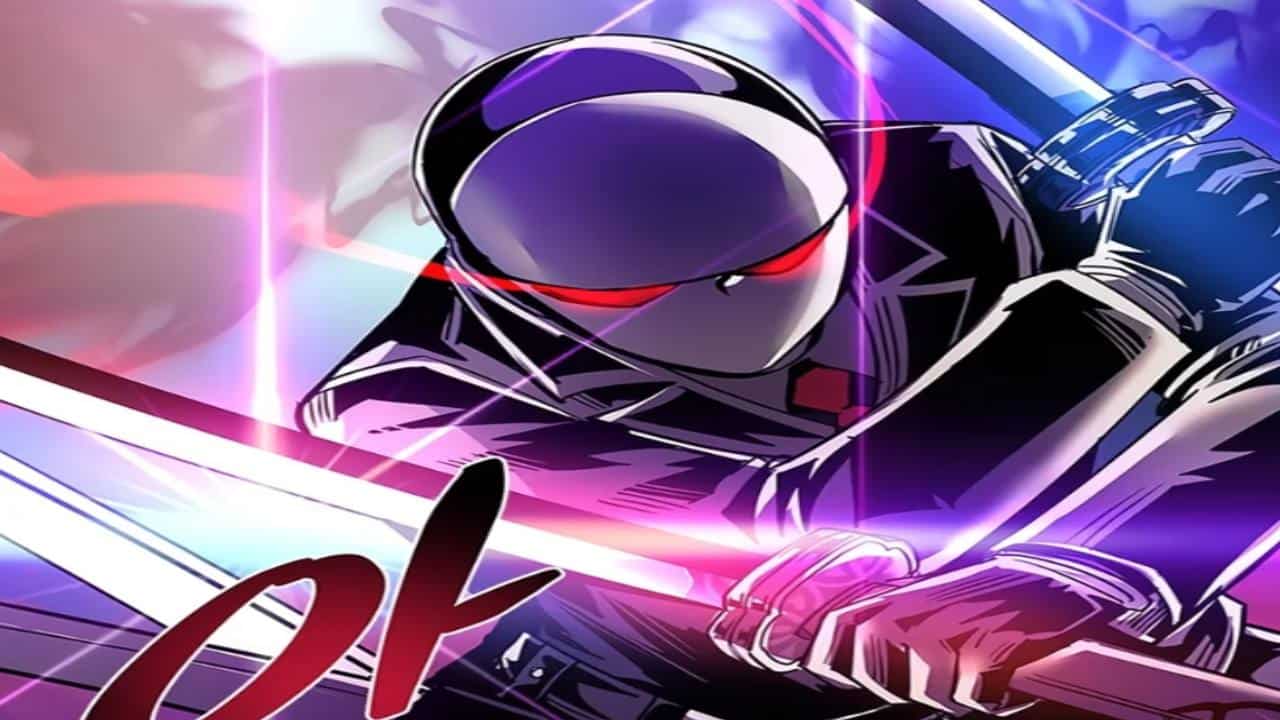Villain to kill chapter 99 – In the gripping conclusion of “Villain to Kill,” chapter 99 unfolds a thrilling battle between good and evil. As the hero embarks on a perilous quest to vanquish the menacing villain, the story delves into the depths of their motivations, strengths, and weaknesses, leading to an epic confrontation that will forever shape the destiny of their world.
Prepare yourself for an in-depth analysis of the villain’s journey, the hero’s unwavering determination, and the profound impact of their final encounter. “Villain to Kill” chapter 99 promises a captivating exploration of morality, sacrifice, and the eternal struggle between darkness and light.
Villain’s motivations and backstory
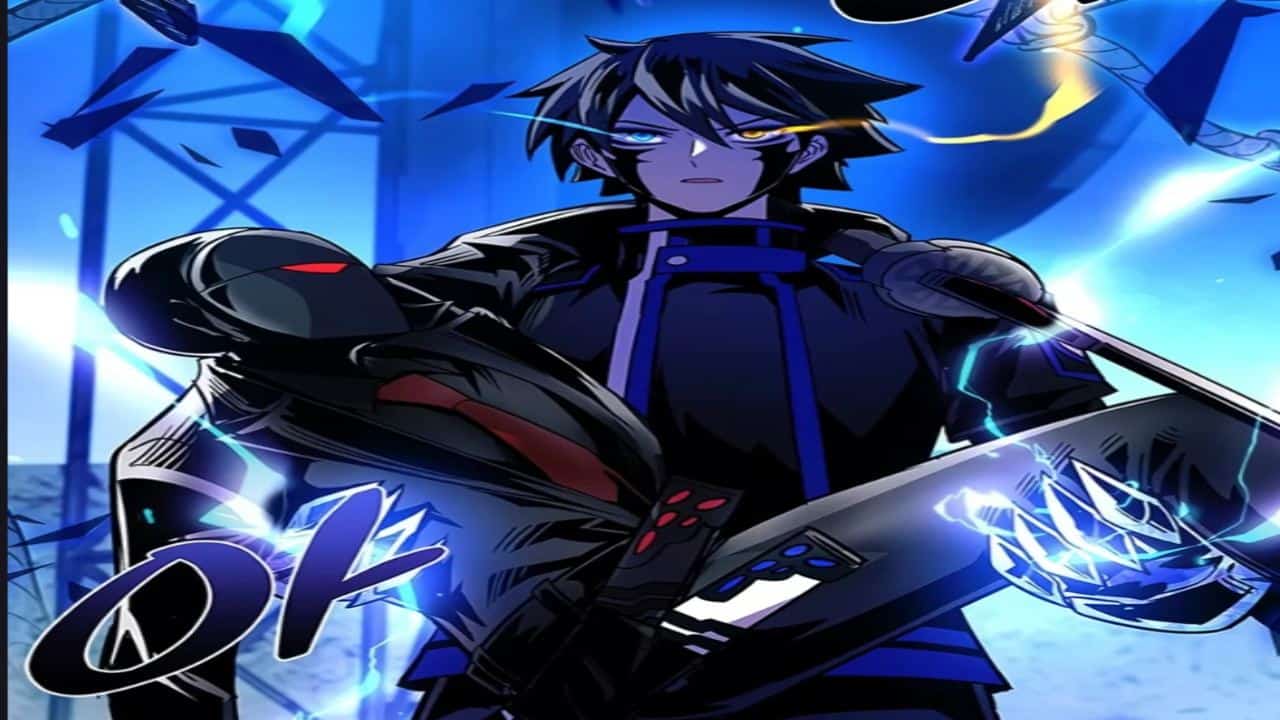
Every villain has a story, a past that has shaped their motivations and actions. Their choices may be reprehensible, but they often stem from a place of pain, loss, or trauma.
Villains are not born; they are made. Their circumstances, relationships, and experiences all play a role in shaping who they become.
The Villain to Kill chapter 99 left us on a cliffhanger, with the fate of our heroes hanging in the balance. But fear not, because the next chapter of One Punch-Man is here to save the day! In One Punch-Man chapter 197 , Saitama faces off against a formidable new foe, but as always, he’s more than up to the task.
Back in Villain to Kill chapter 99, the tension is palpable as the battle rages on. Will our heroes emerge victorious, or will they fall to the forces of evil? Tune in to find out!
Childhood and upbringing, Villain to kill chapter 99
A villain’s childhood can often provide clues to their motivations. Were they abused or neglected? Did they witness violence or trauma? These experiences can leave deep scars that can fester into bitterness and hatred.
- Example: The Joker from Batman was abused as a child, which led to his mental instability and hatred for society.
Relationships
Relationships can also play a significant role in a villain’s development. A lack of love or support can lead to feelings of isolation and resentment.
The anticipation for the release of Deltarune Chapter 3 is building, with fans eagerly awaiting the continuation of Kris and Susie’s adventure. While we wait for that, let’s not forget the villainous foes we’ve encountered in Chapter 99 of Villain to Kill.
Their sinister machinations and enigmatic motivations have left us on the edge of our seats, eager to uncover their ultimate plans. As we delve deeper into the mysteries of both Deltarune and Villain to Kill, one thing is for sure: the battle against evil is far from over.
Deltarune Chapter 3 release date 2023
- Example: Darth Vader from Star Wars was seduced by the dark side after feeling betrayed by his mentor, Obi-Wan Kenobi.
Goals and ambitions
Villains often have ambitious goals that they believe justify their actions. These goals may be driven by a desire for power, revenge, or a twisted sense of justice.
- Example: Thanos from Avengers: Infinity War believed that wiping out half of the universe was necessary to save it from overpopulation.
Redemption
Not all villains are beyond redemption. Some may find a way to turn their lives around and make amends for their past actions.
- Example: Zuko from Avatar: The Last Airbender was a villain who eventually redeemed himself and became a hero.
The hero’s quest to defeat the villain
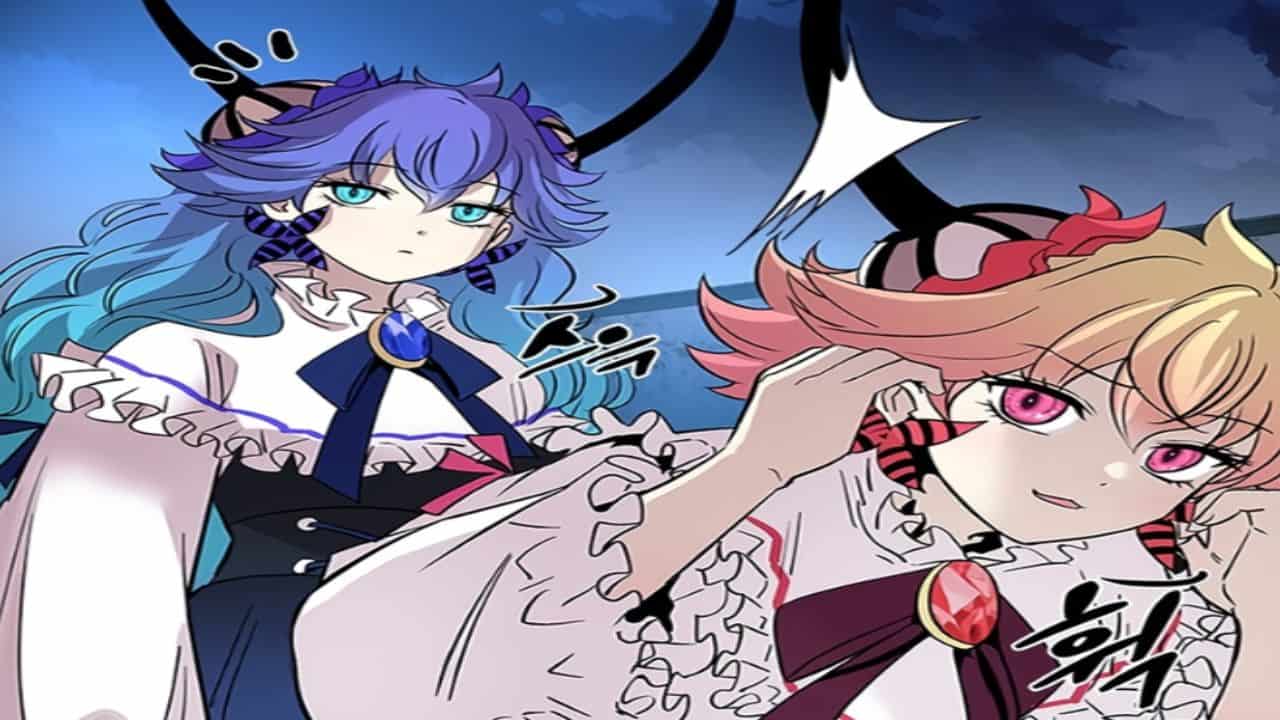
The hero’s journey to defeat the villain is a tale of courage, determination, and sacrifice. It is a story of overcoming great odds and facing one’s darkest fears. The hero’s path is fraught with obstacles, but they never give up hope. They know that the fate of the world depends on their success.
The hero’s strengths lie in their unwavering belief in justice and their ability to inspire others to fight for what is right. They are also skilled in combat and have a deep understanding of the villain’s weaknesses. However, the hero is not without their flaws. They can be impulsive and reckless at times, and they often underestimate the power of their enemies.
To confront the villain, the hero uses a variety of strategies and tactics. They gather allies, train for battle, and develop a plan of attack. They also use their wits and cunning to outsmart the villain and their minions.
The hero’s quest is not an easy one, but it is one that they are determined to complete. They know that the fate of the world depends on their success, and they will not rest until the villain is defeated.
The hero’s journey
The hero’s journey is a classic story structure that has been used for centuries to tell tales of adventure, courage, and sacrifice. The hero’s journey typically follows a pattern of departure, initiation, and return.
In the departure stage, the hero leaves their ordinary world behind and enters a new and unfamiliar realm. This realm is often filled with danger and uncertainty, but it is also a place where the hero can grow and learn.
In the initiation stage, the hero faces a series of challenges that test their strength, courage, and resolve. These challenges may include physical battles, moral dilemmas, and psychological trials. Through these challenges, the hero learns and grows, and they eventually emerge as a stronger and more capable individual.
In the return stage, the hero returns to their ordinary world, but they are not the same person they were when they left. They have been changed by their experiences, and they now have a new understanding of the world and their place in it.
The hero’s journey is a powerful story structure that can be used to tell stories of hope, inspiration, and redemption. It is a story that reminds us that even in the darkest of times, there is always hope for a better future.
The hero’s obstacles
The hero’s journey is not without its obstacles. The hero must face a variety of challenges, both physical and emotional, in order to achieve their goal.
Some of the physical challenges that the hero may face include:
* Fighting against powerful enemies
* Overcoming natural disasters
* Surviving in harsh environments
Some of the emotional challenges that the hero may face include:
* Dealing with grief and loss
* Overcoming fear and doubt
* Making difficult choices
The hero must be strong and resilient in order to overcome these challenges. They must also have the support of friends and allies. With determination and perseverance, the hero can overcome any obstacle and achieve their goal.
The hero’s strengths
The hero is a complex and multifaceted character. They have a variety of strengths that help them to overcome the challenges they face.
Some of the hero’s strengths include:
* Courage
* Determination
* Strength
* Intelligence
* Compassion
The hero is also able to inspire others to fight for what is right. They are a beacon of hope in a world that is often dark and dangerous.
The hero’s weaknesses
The hero is not without their weaknesses. They can be impulsive and reckless at times, and they often underestimate the power of their enemies.
The hero’s weaknesses can make them vulnerable to attack. They must be careful not to let their emotions get the best of them, and they must always be aware of the dangers that they face.
The hero’s strategies
The hero uses a variety of strategies to defeat the villain. They gather allies, train for battle, and develop a plan of attack.
The hero’s allies are a valuable asset. They provide support, advice, and manpower. The hero also trains for battle in order to improve their skills and abilities.
The hero’s plan of attack is carefully thought out. They consider the villain’s strengths and weaknesses, and they develop a strategy that will exploit those weaknesses.
The hero is a skilled strategist and tactician. They are able to adapt to changing circumstances and come up with new plans when necessary.
The climactic battle and its aftermath: Villain To Kill Chapter 99
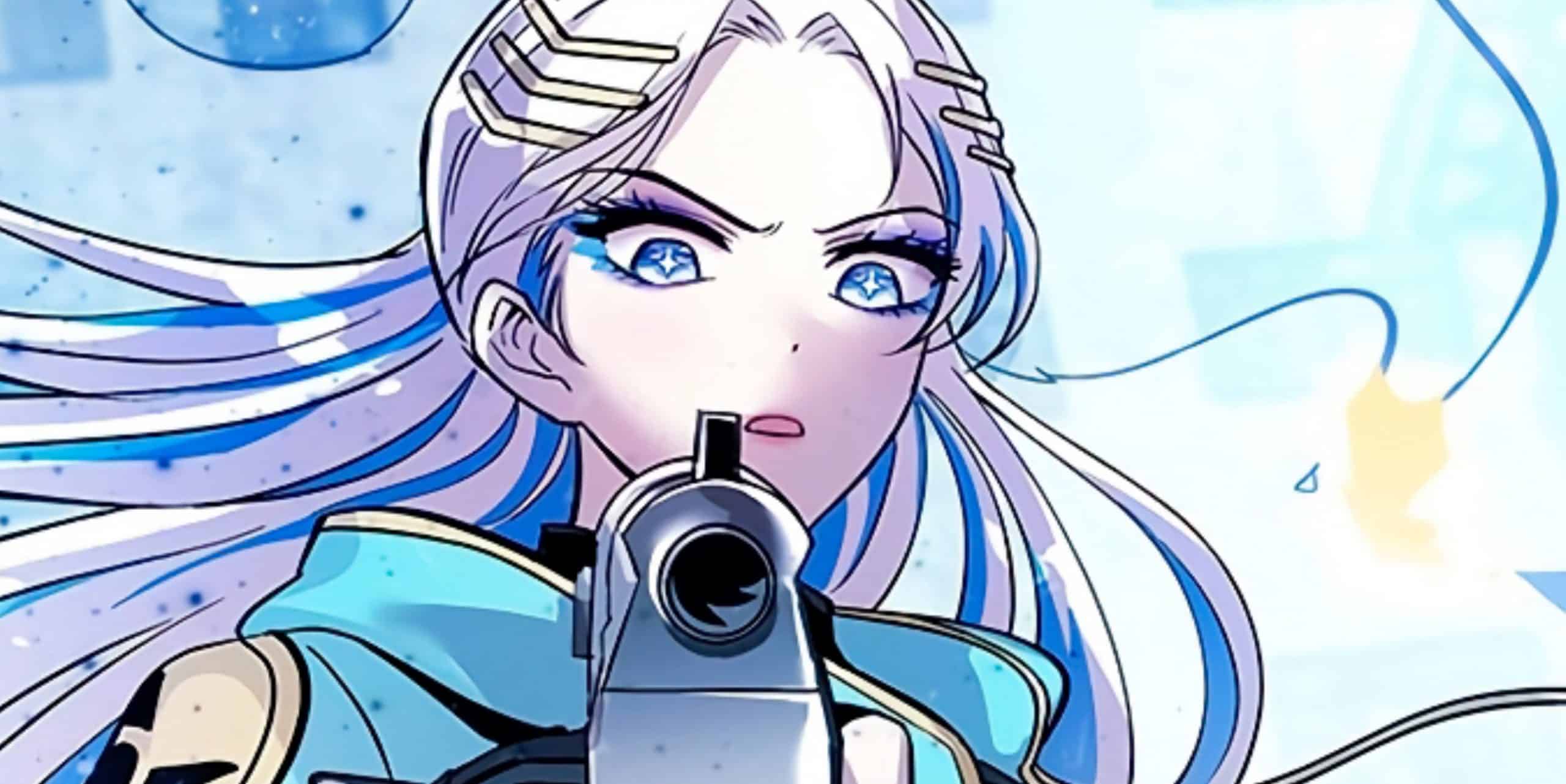
The final confrontation between the hero and the villain was a clash of titans. The hero, armed with the power of justice and unwavering determination, faced off against the villain, driven by a twisted desire for domination. The battle raged across a desolate wasteland, each blow echoing the weight of their convictions.
Physically, the battle was a brutal display of strength and skill. The hero’s swift strikes met the villain’s brute force, each parry and riposte a testament to their unwavering resolve. The air crackled with the intensity of their clash, as they pushed each other to the brink of exhaustion.
The villain in chapter 99 has finally been defeated, but the battle is far from over. Now, our heroes must face a new challenge: balancing their company and private lives. As they navigate the treacherous waters of company and private life , they will discover that the line between work and play is often blurred.
But even in the midst of this chaos, they must find a way to protect the people they love from the villain who still lurks in the shadows, waiting for his chance to strike again in chapter 99.
Emotional and Moral Dimensions
Beyond the physical realm, the battle was a profound test of emotions and morals. The hero, driven by a deep sense of compassion and empathy, fought to protect the innocent and uphold justice. The villain, consumed by a thirst for power, sought to crush all who stood in his way.
As the battle raged, the emotional toll on both combatants became evident. The hero’s resolve wavered at times, as he witnessed the devastation caused by the villain’s actions. The villain, too, struggled with moments of doubt, as he realized the true extent of his own depravity.
Consequences and Implications
The defeat of the villain marked a turning point in the story. The hero’s triumph symbolized the triumph of good over evil, and restored hope to a world ravaged by darkness. The villain’s demise served as a reminder of the consequences of unchecked ambition and the importance of moral integrity.
In the aftermath of the battle, the hero’s legacy lived on, inspiring generations to come. The villain’s defeat became a cautionary tale, warning of the dangers of unchecked power and the destructive path that can result from a corrupted heart.
The Impact of the Villain’s Death on the Story
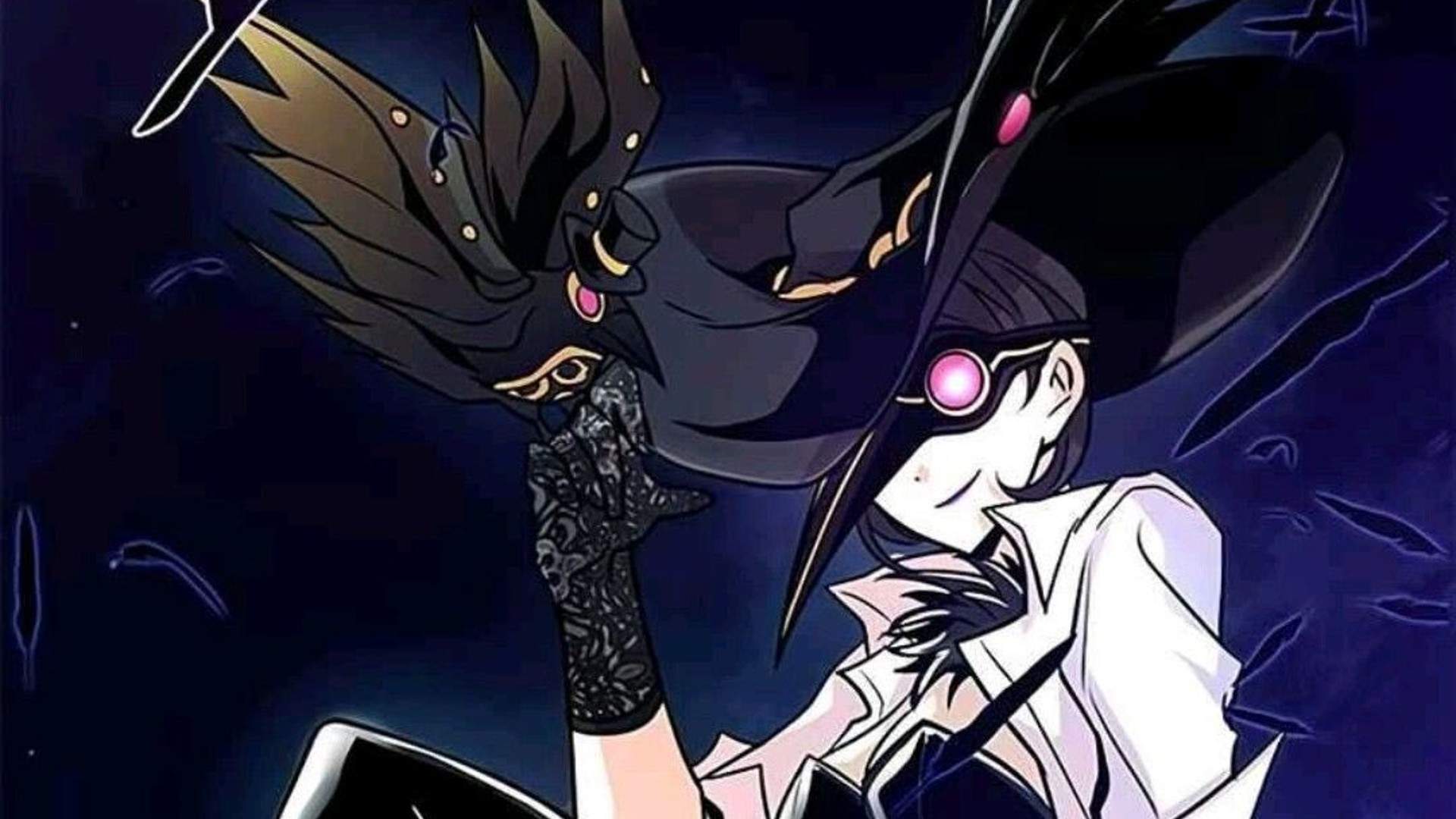
The death of a villain is a pivotal moment in any story. It can bring about a sense of closure, relief, or even sadness. In some cases, it can even change the entire course of the story.
The emotional reactions of the characters to the villain’s demise can vary greatly. Some may feel a sense of triumph, while others may feel a sense of loss. The hero may feel a sense of relief, but they may also feel a sense of guilt or responsibility for the villain’s death.
The changes that occur in the world as a result of the villain’s absence can also be significant. In some cases, the world may become a safer place. In other cases, the villain’s death may create a power vacuum that leads to further conflict.
The villain’s story can also provide valuable themes and lessons. These themes and lessons can be about the dangers of evil, the importance of good, or the power of redemption.
Emotional Reactions of the Characters
The death of a villain can evoke a wide range of emotions in the characters. Some of the most common emotions include:
- Triumph: The hero and their allies may feel a sense of triumph after defeating the villain. They may have worked hard to achieve this goal, and they may feel a sense of satisfaction in knowing that they have made the world a safer place.
- Relief: The people who have been living in fear of the villain may feel a sense of relief after the villain’s death. They may no longer have to worry about being attacked or harmed, and they may be able to live their lives in peace.
- Loss: Some characters may feel a sense of loss after the villain’s death. This is especially true if the villain was a complex character with redeeming qualities. The characters may miss the villain’s presence, even if they know that the villain was ultimately evil.
- Guilt: The hero may feel a sense of guilt after killing the villain. They may have taken a life, even if it was the life of an evil person. The hero may struggle with the moral implications of their actions.
Changes in the World
The death of a villain can also have a significant impact on the world. Some of the most common changes include:
- Increased safety: The world may become a safer place after the villain’s death. The villain may have been responsible for a lot of crime and violence, and their death may put an end to this. People may be able to live their lives without fear of being attacked or harmed.
- Power vacuum: The villain’s death may create a power vacuum. This can lead to further conflict, as other people try to fill the void left by the villain. This can be a dangerous time, as it can lead to instability and violence.
- Change in the status quo: The villain’s death may change the status quo. The villain may have been a powerful figure, and their death may lead to a shift in power. This can have a ripple effect on the world, as it can lead to changes in government, society, and the economy.
Themes and Lessons
The villain’s story can also provide valuable themes and lessons. These themes and lessons can be about the dangers of evil, the importance of good, or the power of redemption.
- The dangers of evil: The villain’s story can show the dangers of evil. The villain may have been a powerful and evil person, and their actions may have caused a lot of pain and suffering. The villain’s story can teach us about the dangers of evil, and it can help us to avoid making the same mistakes that the villain made.
- The importance of good: The villain’s story can also teach us about the importance of good. The hero may have been a good and noble person, and their actions may have saved the world from the villain. The hero’s story can teach us about the importance of good, and it can inspire us to be better people.
- The power of redemption: The villain’s story can also teach us about the power of redemption. The villain may have been a bad person, but they may have also had some redeeming qualities. The villain’s story can teach us that even the worst people can change, and it can inspire us to forgive others.
The death of a villain can be a pivotal moment in any story. It can bring about a sense of closure, relief, or even sadness. In some cases, it can even change the entire course of the story. The emotional reactions of the characters, the changes that occur in the world, and the themes and lessons that can be drawn from the villain’s story are all important factors to consider when writing about the death of a villain.
Final Summary
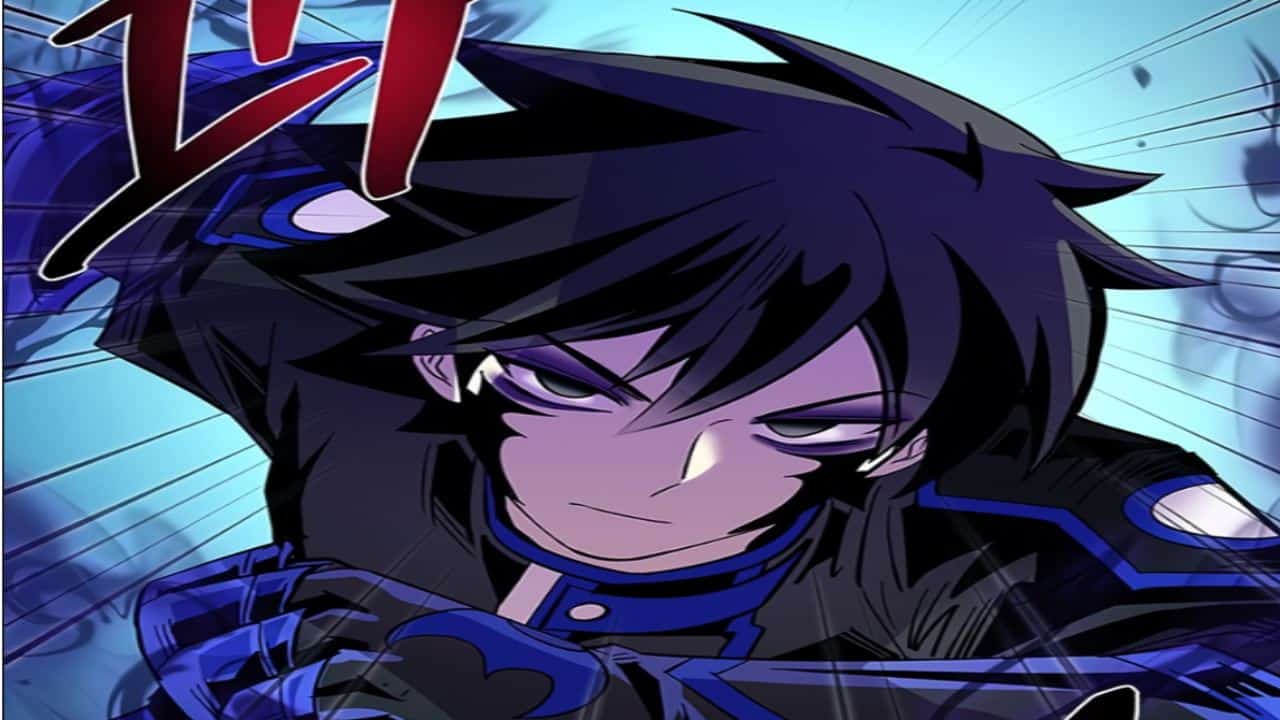
The conclusion of “Villain to Kill” chapter 99 leaves readers with a haunting reminder of the consequences of unchecked evil and the indomitable spirit of those who fight against it. The aftermath of the climactic battle reverberates through the story, shaping the characters’ destinies and leaving an indelible mark on the world. This chapter serves as a powerful exploration of the complexities of human nature and the eternal battle between good and evil.
